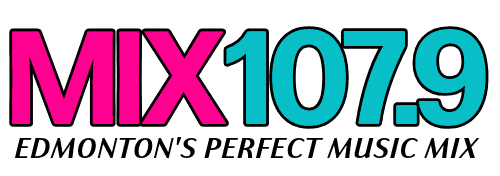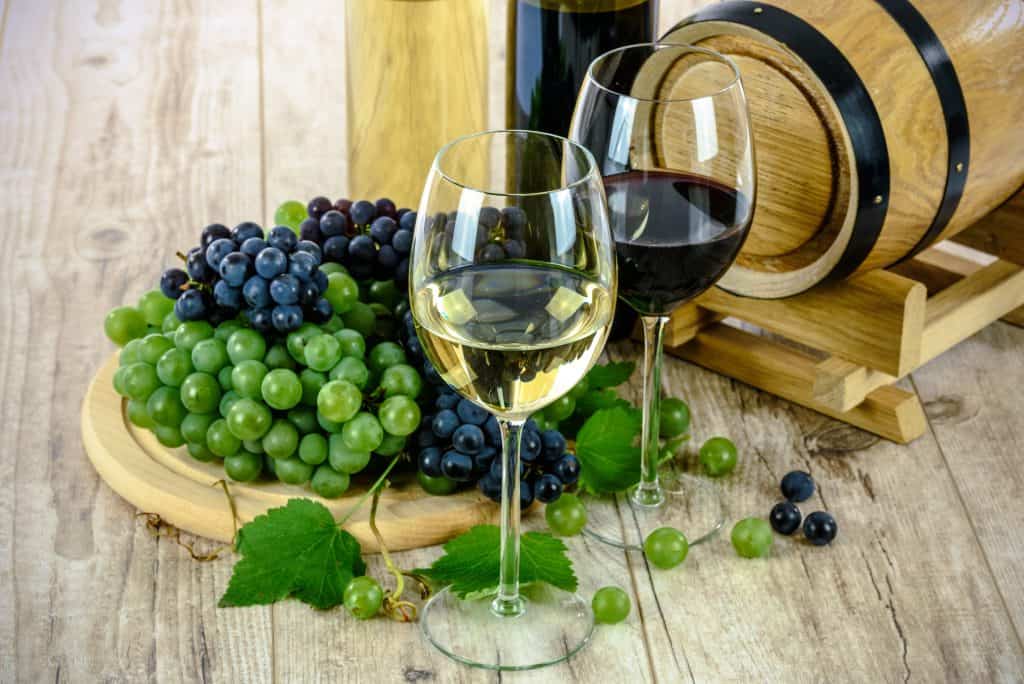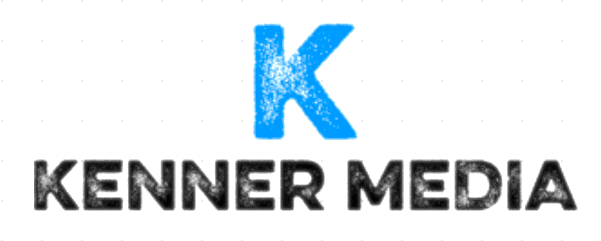As of April 1, Alberta has implemented a new tiered markup system on wine, introducing additional fees based on a bottle’s value. The change, enacted by the provincial government, has already led to increased prices at liquor stores, restaurants, and other licensed establishments across the province.
The Alberta Gaming, Liquor and Cannabis Commission (AGLC) previously applied a flat markup of $4.11 per litre—equivalent to roughly $3.08 per 750-millilitre bottle—regardless of the wine’s value. This system had traditionally kept Alberta’s wine prices among the most competitive in Canada.
Under the new model, wines with a supplier cost above $15 per litre (approximately $11.25 per 750 ml bottle) are now subject to additional markup fees. These fees escalate as the supplier price increases:
- A 5% markup applies to the portion between $15 and $20 per litre.
- A 10% markup applies to the portion between $20 and $25 per litre.
- A 15% markup applies to any amount exceeding $25 per litre.
While lower-cost wines remain unaffected, premium bottles have experienced noticeable price increases. A bottle with a supplier cost of $30 per 750 ml, for example, has seen a price increase of approximately $3.12, raising the estimated retail price to $48.77. Meanwhile, a high-end bottle with a supplier cost of $75 per 750 ml now incurs an additional $9.01 in markup, pushing its approximate retail price to $120.18.
Industry analysts anticipate that the revised pricing structure will affect purchasing habits, particularly among consumers of mid-to-high-priced wines. While the Alberta government has framed the change as a means of modernizing alcohol taxation, the real cost will be borne by liquor retailers and smaller wineries , as well as the wine-consuming public.







